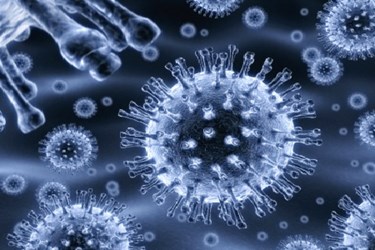Could Nanoparticles Cause Large Problems In The Food Industry?
By Isaac Fletcher, contributing writer, Food Online

As nanoparticles are used more and more in food and food packaging, they may cause long-term health and environmental effects, research suggests
Nanoparticles are being increasingly added to food packaging and even into food directly. However, some concerns are being raised due to the lack of knowledge about the health and environmental effects of their use. A recent study suggests that the use of nanomaterials in food and drinks may interfere with digestive cells. Additionally, their use may lead to the release of potentially harmful substances into the environment.
In a report on dietary supplement drinks containing nanoparticles published in ACS Sustainable Chemistry & Engineering, Robert Reed and colleagues note that food and drink manufacturers include nanoparticles in or on products for many reasons. For packaging, nanoparticles provide strength, help control how much air gets in and out of the packaging, and can help deter unwanted microbes. In food and drinks, they can prevent caking, help deliver nutrients, and prevent bacterial growth. While nanoparticles may provide clear benefits, their increasing use raises some questions regarding their long-term health and environmental effects.
For example, consumers may absorb some of these materials through their skin, inhale them, or ingest them. Those that are not digested pass through the body and into the sewage system. The results from some initial studies on nanomaterials indicate that they could be harmful to the environment, but Reed and his team decided to investigate further. Tests were performed in a laboratory to determine the effects of eight commercial drinks containing nano-sized metal or metal-like particles on human intestinal cells. Reed’s findings show that the drinks changed the normal organization and decreased the number of microvilli — finger-like appendages on the cells that help digest food.
If such an effect occurs in humans as the drinks pass through the gastrointestinal tract, the materials could lead to poor digestions or diarrhea. An analysis of sewage waste containing these particles indicates that a large portion of the nanomaterials from these products are making their way back into surface water, where they can potentially cause health issues for aquatic life. While further research is necessary to reach a definite conclusion, preliminary information shows that the long term negative effects likely outweigh the potential benefits afforded through the use of nanoparticles.
